A Striking Visual Compendium of All of Berlin’s Subway Stations
This photographer took on Berlin’s entire U-Bahn network, one station at a time.
The platform at Potsdamer Platz, which was one of the “ghost stations” during the Berlin Wall era. (All Photos: Claudio Galamini/berlin_memories)
Berlin’s metro system, the U-Bahn, is a vast underground network that stretches across 90 miles and 173 stations. It carries more than 530 million passengers per year. The system’s expansive size makes Claudio Galamini’s Instagram project all the more impressive: he has photographed every platform in the entire U-Bahn network.
The project began after Galamini moved from New York to Berlin. “After riding the Berlin U-bahn for about three weeks, I started noticing the colors, art, tiles, shapes, lights.” He was particularly inspired by the Konstanzer Strasse station, which opened in 1978—an era that is reflected in its brown, orange, and yellow lines of tiles. “Stations built in the 70s are clearly recognizable,” he says. “They almost have a feeling of stereotypical colors, shapes from the 70s.”
It’s not just recent history either. “In many stations you can clearly see the time period. Some stations are rich with details (mosaics, columns, paintings—one stations in particular resembles a cathedral) to express the wealth of a particular borough or era,” he says. “Others are extremely minimalistic because Berlin was going through a recession.”
The city’s U-Bahn system also felt the impact of the Berlin Wall, which divided the city for nearly three decades. Many train lines pre-dated the Wall, so some of the West Berlin lines necessarily passed through East Berlin stations. These stations were closed and guarded, and became known as ghost stations. The guards were visible to the West Berlin passengers as the trains slowly moved through the dimly lit stations.
The former East Berlin stations built during the German Democratic Republic (DDR) are “extremely colorful, almost to fight the grey of the above ground buildings,” says Galamini. “Of course there’s a logical explanation for the colors—the stations are color coded for impaired citizens—but it’s still really surprising and amazing.”
Part of the appeal of Galamini’s project is his photographic aesthetic. Each platform is shot straight and devoid of people, so a viewer’s attention is drawn to design details like colors, fonts and tiles. “I believe that a particular person or moment in the shot would be just a distraction to the memory of the particular station,” he says.
The project took months to complete. In addition to the sheer slog of methodically traveling each line and disembarking at each station to shoot before moving onto the next one, Galamini also had to wait for the station to be virtually empty of people.
“It’s about long waits, being patient, finding the perfect shot,” he says. “The fun part is just discovering each station with the eyes of the explorer.”
You can check out the whole project on Instagram @berlin_memories and see Galamini’s new project on Munich’s U-Bahn at @claudiogalamini.
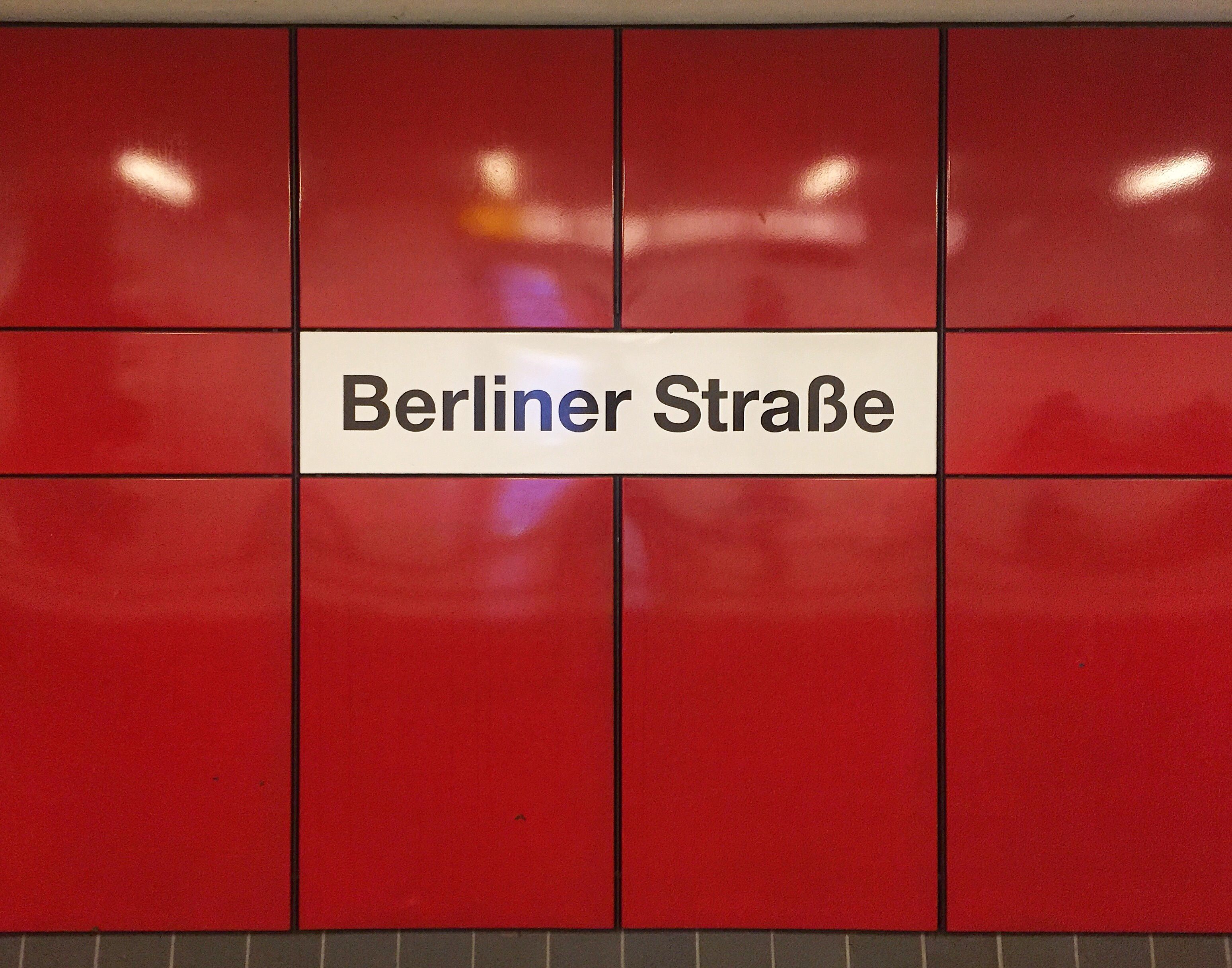
Berliner Strasse, which opened in 1971.

The Kottbusser Tor platform, opened in 1926.
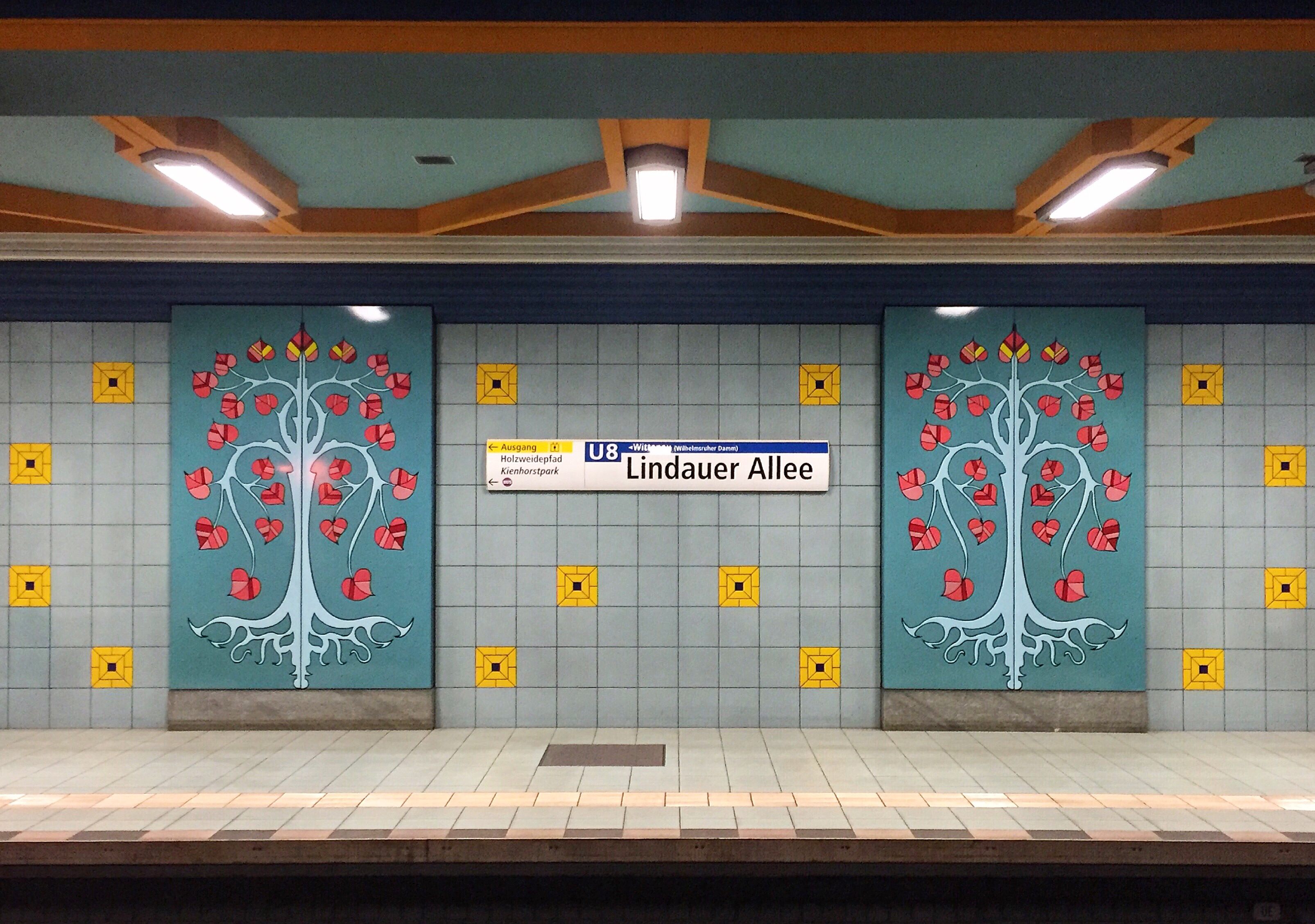
Tree motif on the walls of 1994’s Lindauer Allee station.
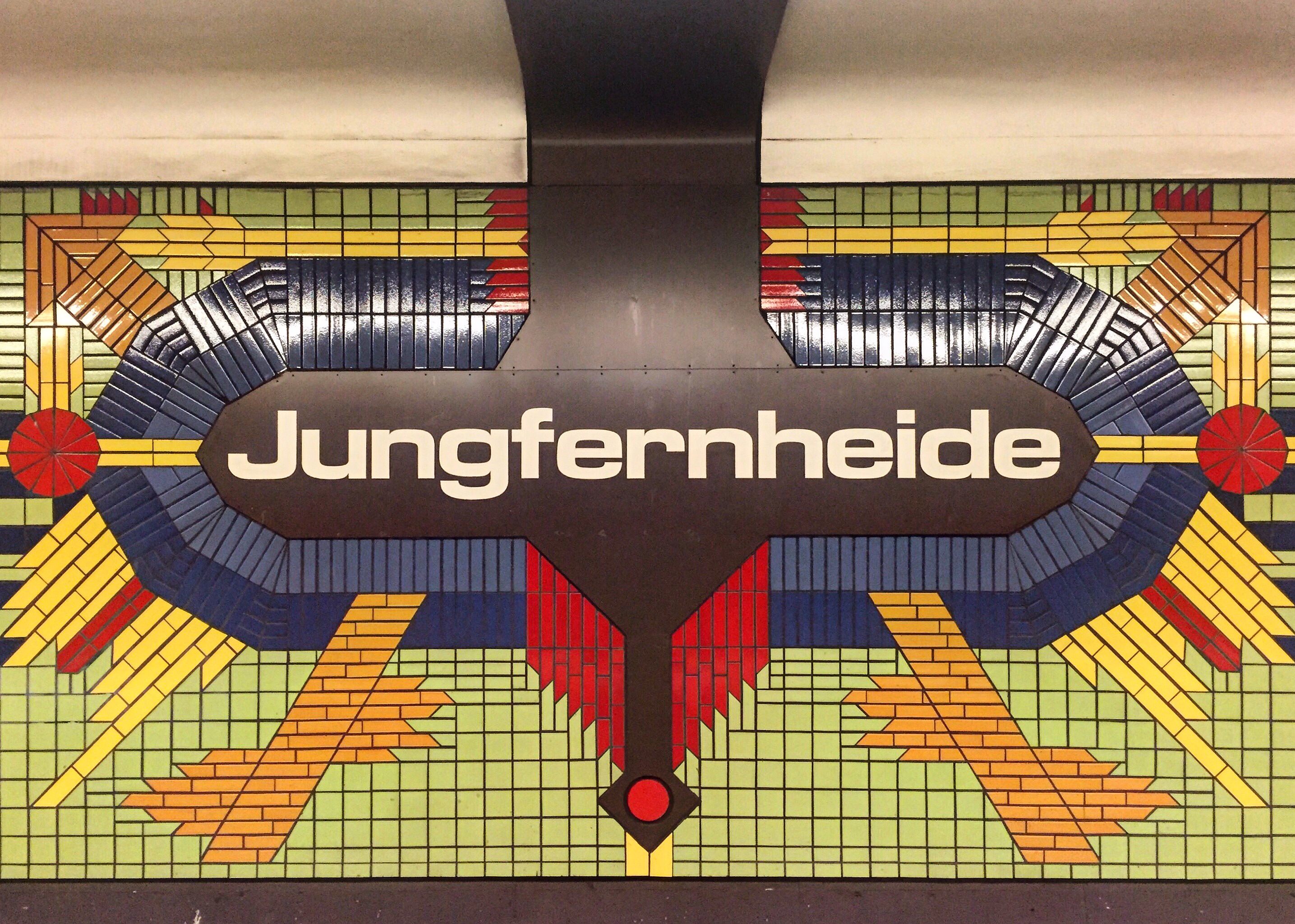
Colorful mosaics at the Jungfernheide platform. The station opened in 1980.
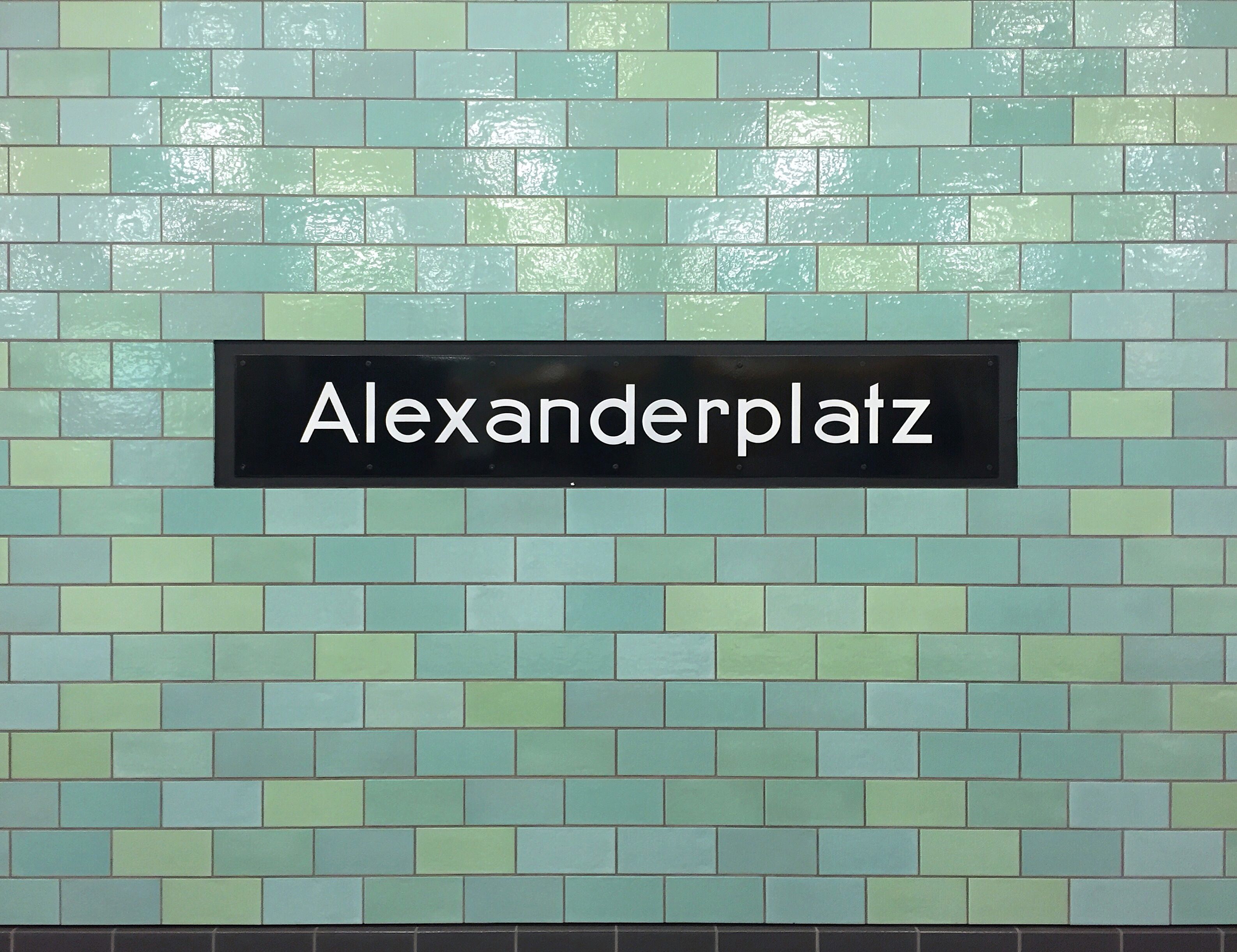
Tiles at Alexanderplatz.
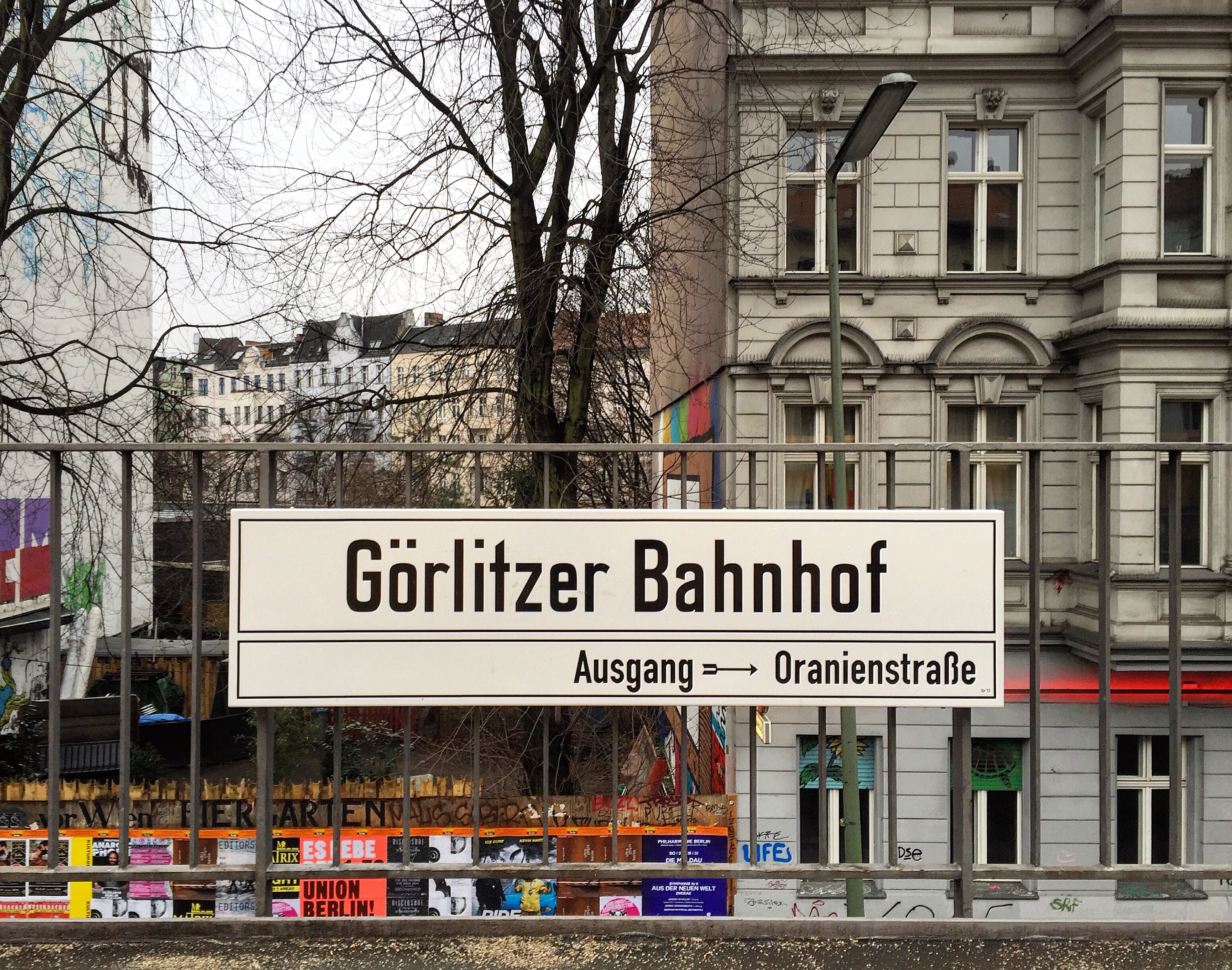
Görlitzer Bahnhof, which originally dates from 1902.
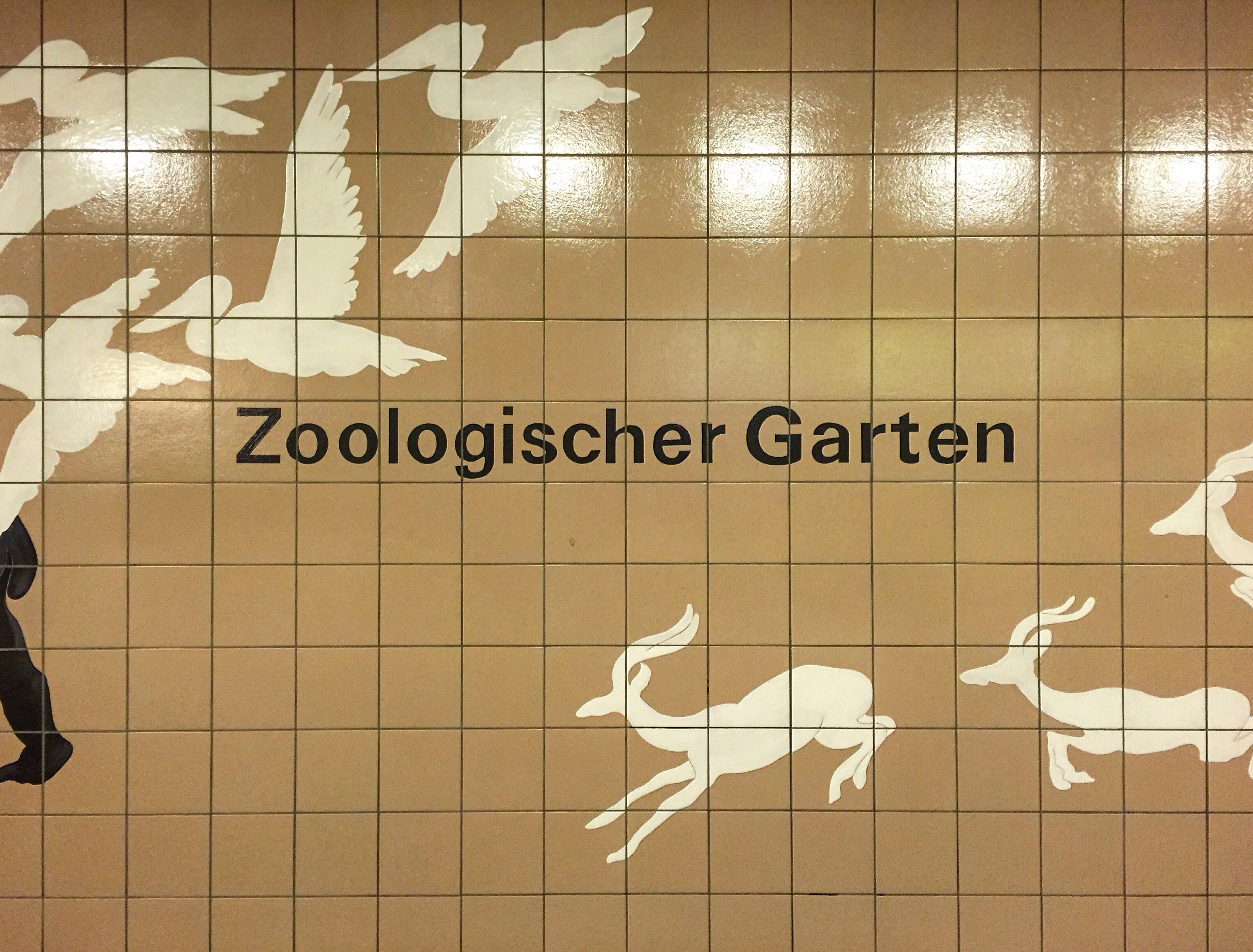
The animal-themed platform of the Zoologischer Garten station, which is close to the Berlin Zoo.

Tiled stripes at the Konstanzer Strasse, which opened in 1978.
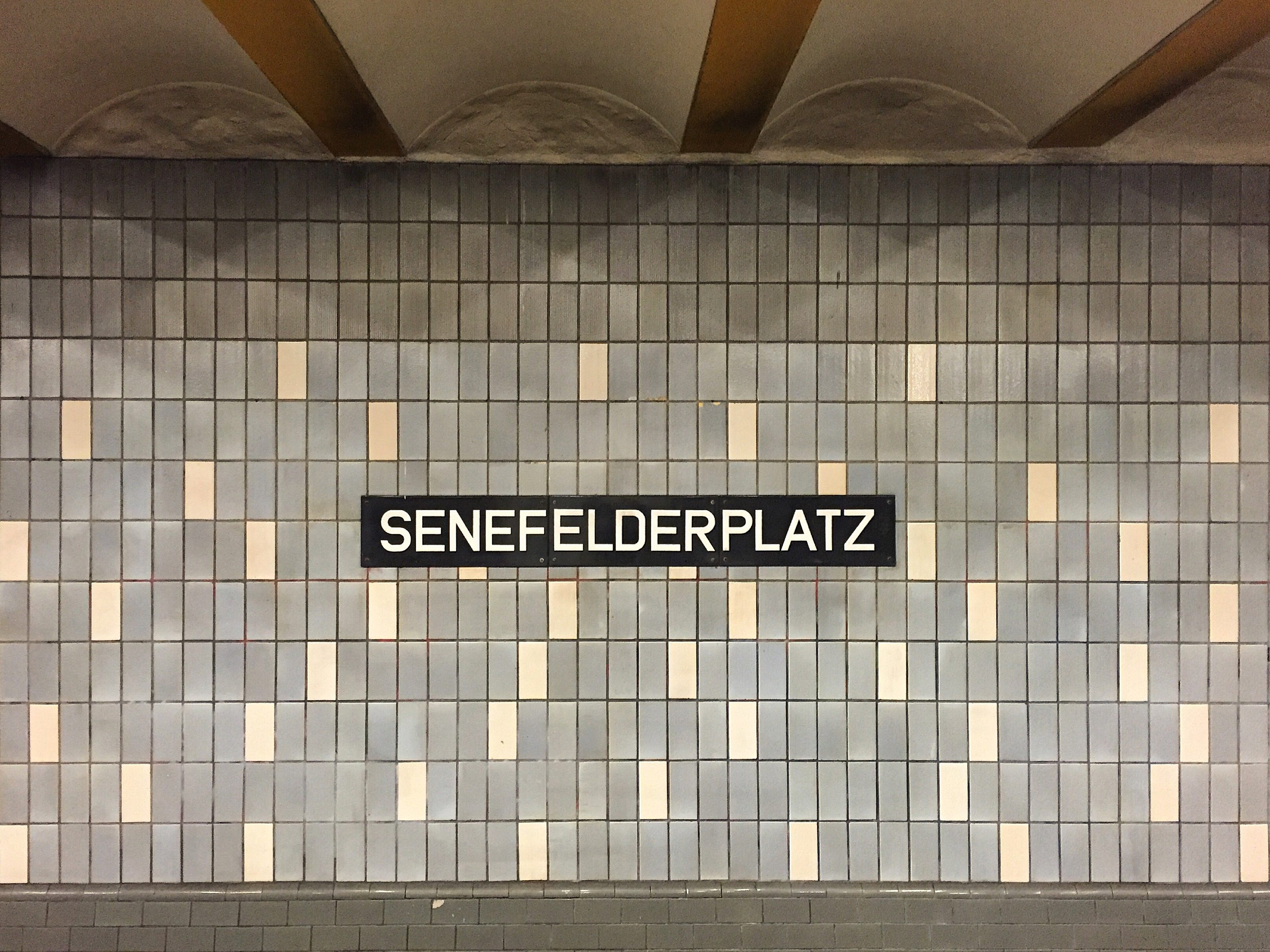
Senefelderplatz station, which opened in 1923.
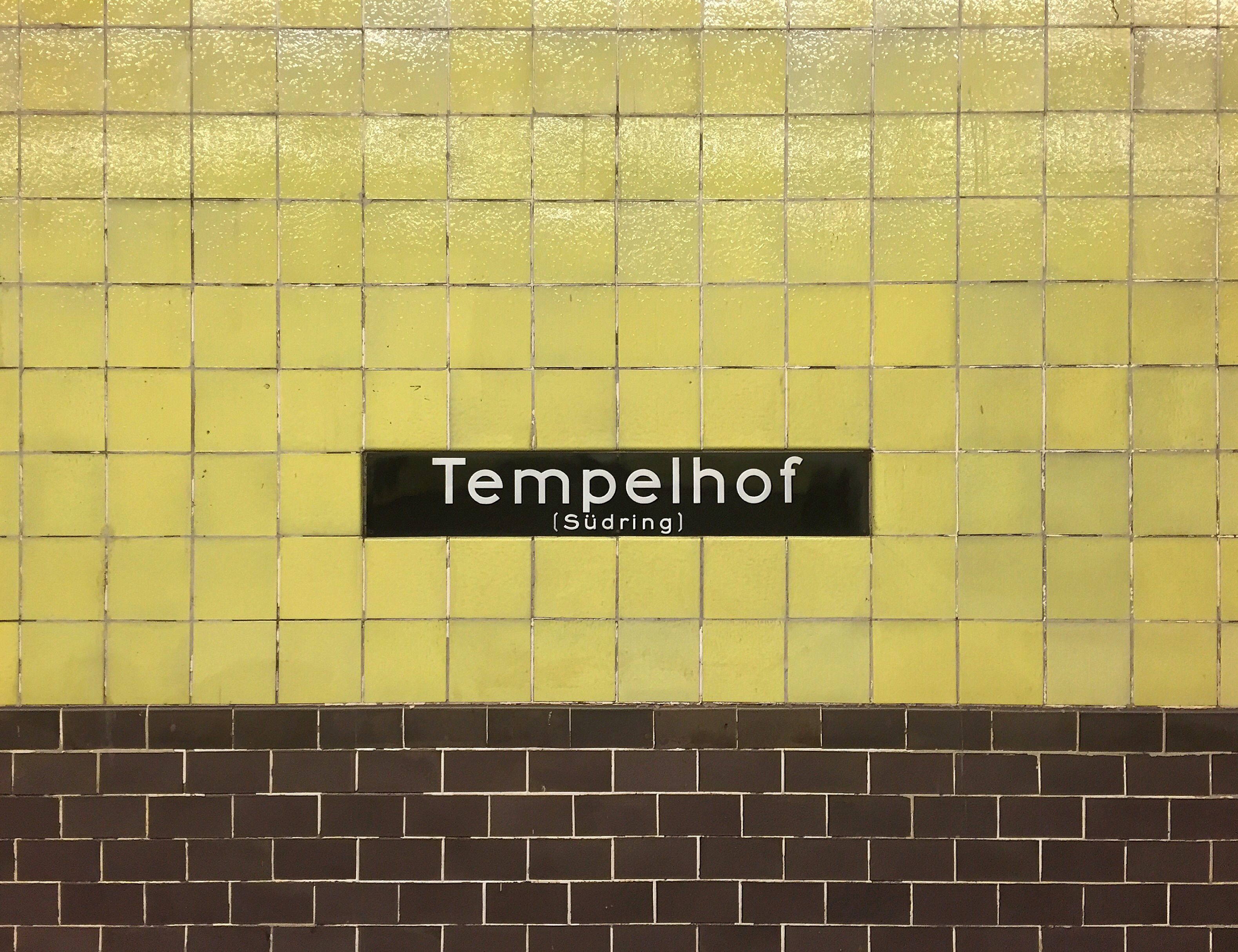
Originally called Tempelhof (Sudring), this station opened in 1929.
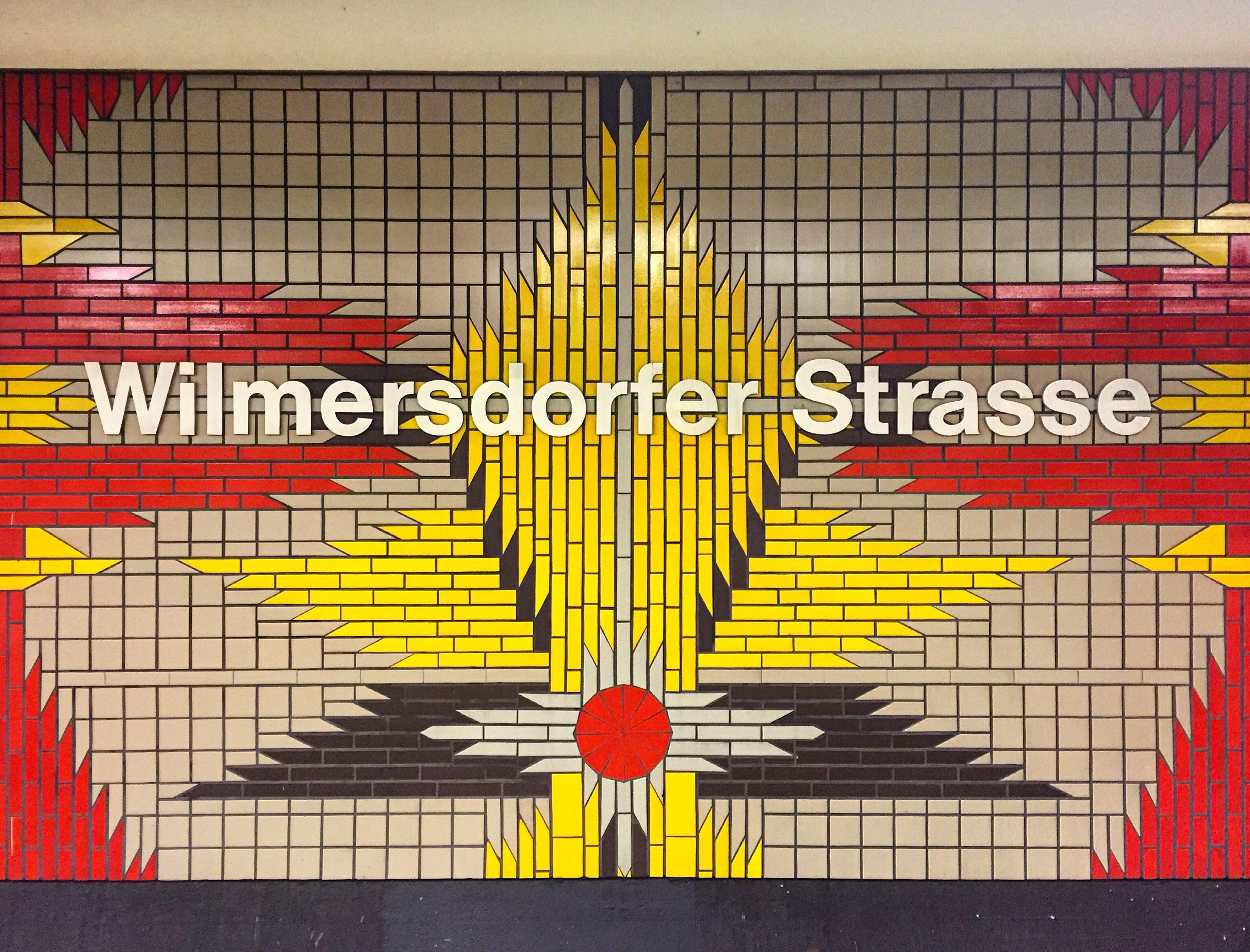
Wilmersdorfer Strasse station, which opened in 1978.
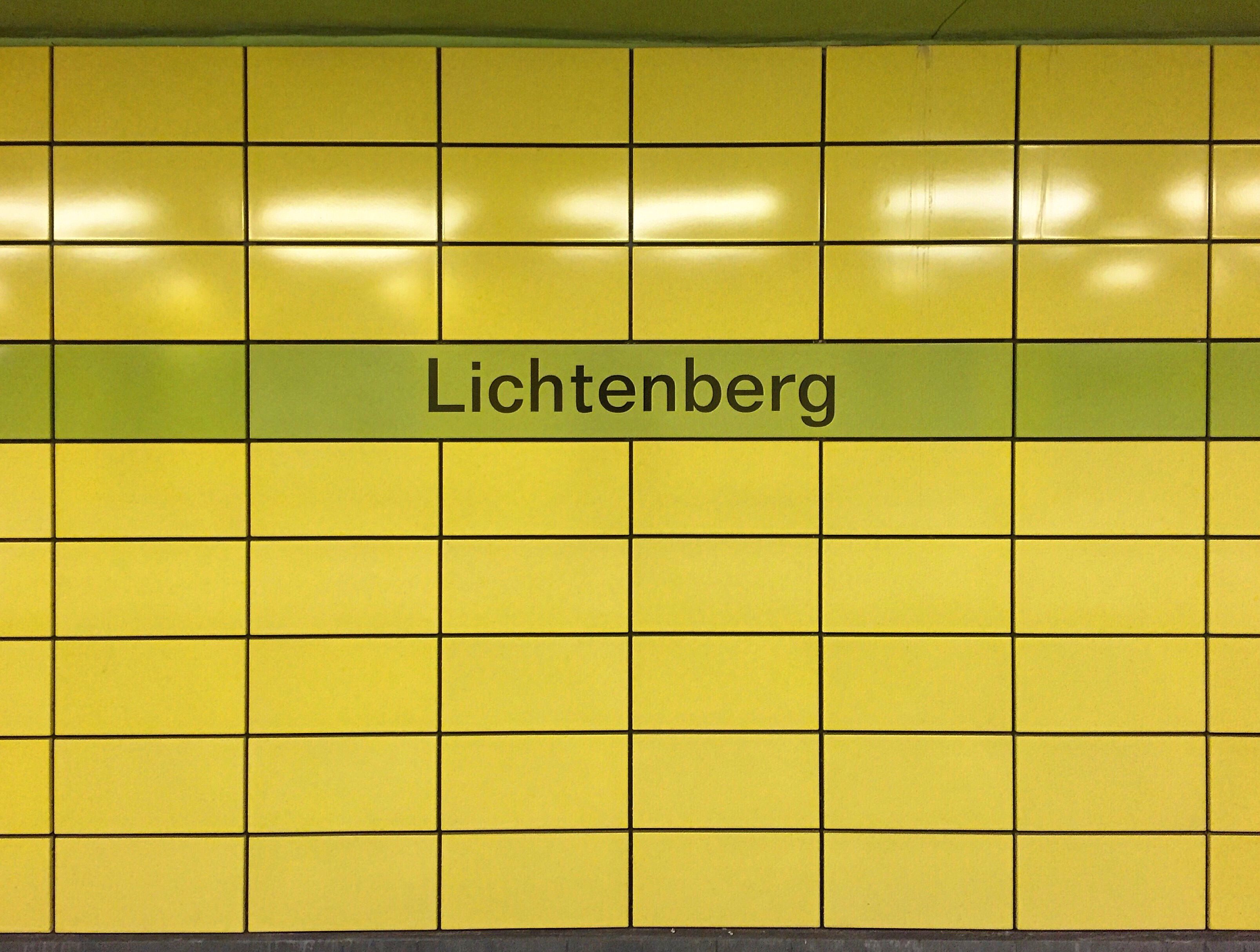
The U-Bahn platform at Lichtenberg station, which also serves overground trains.
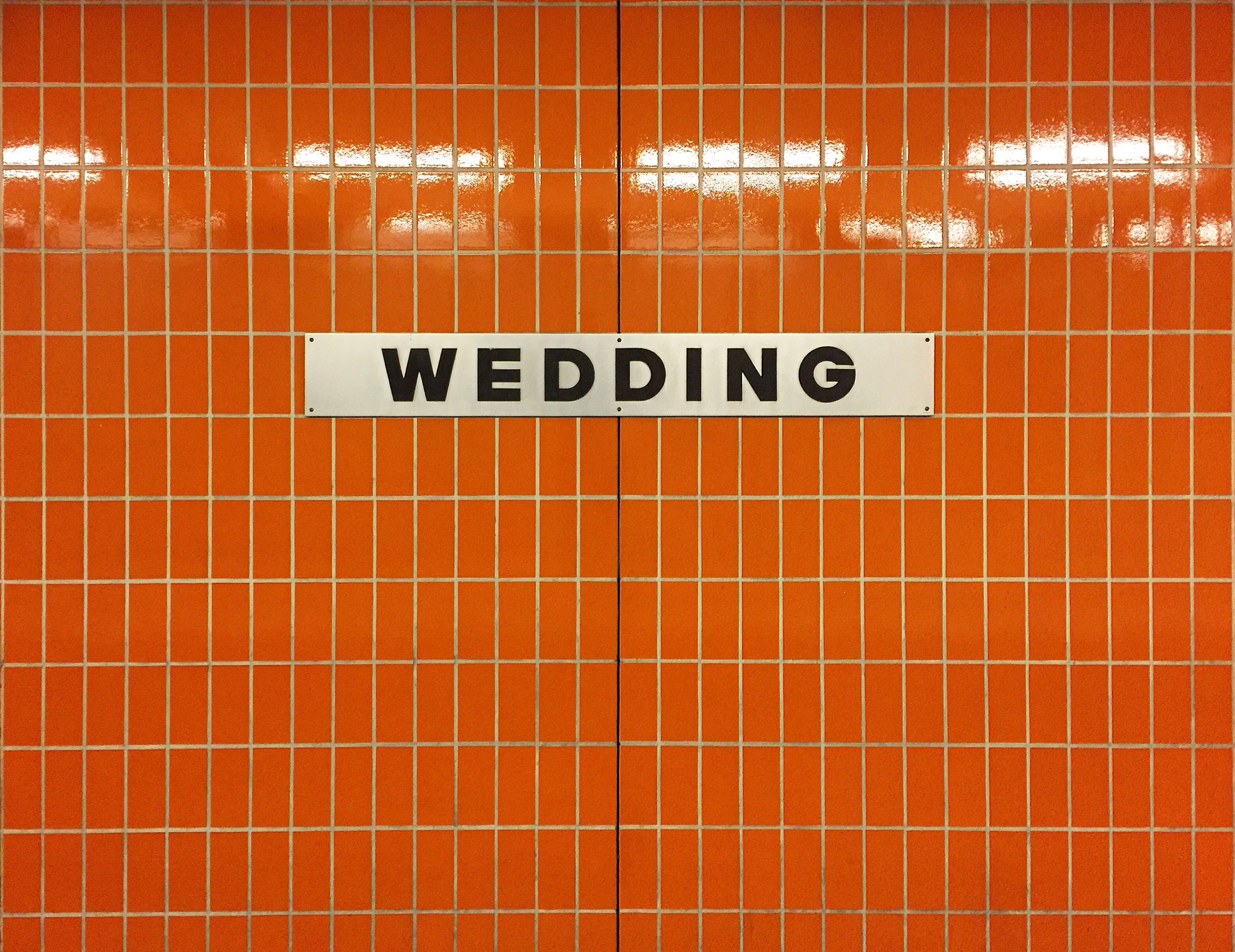
The Wedding station, dating from 1923.




















Follow us on Twitter to get the latest on the world's hidden wonders.
Like us on Facebook to get the latest on the world's hidden wonders.
Follow us on Twitter Like us on Facebook